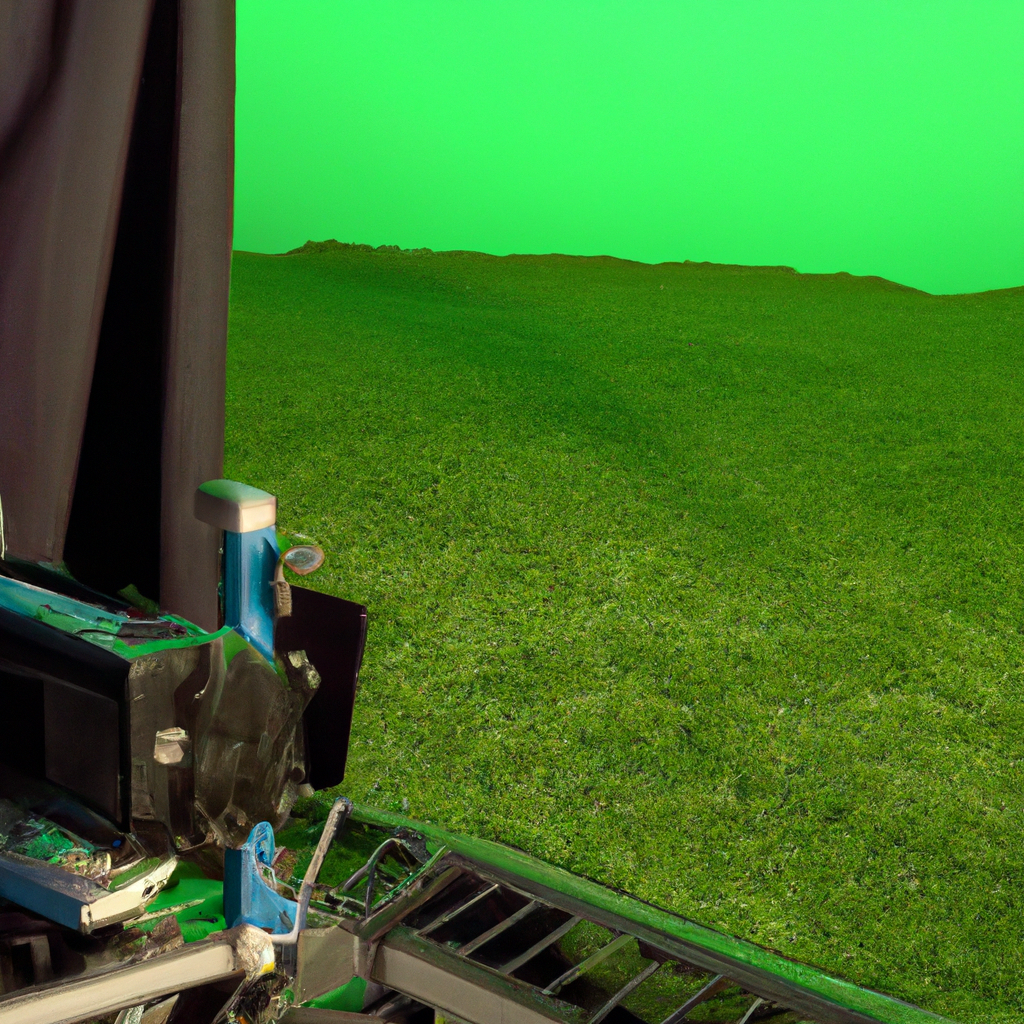As you watch your favorite movie, have you ever wondered how the characters appear to be in a different location than they really are? The answer lies in the use of a green screen, a tool that has become ubiquitous in modern movie production. In this article, we will explore the workings of the green screen, its role in special effects, and its impact on filmmaking.
What is a green screen?
A green screen, also known as a chroma key, is a technique used in filmmaking to create special effects. It involves filming a subject or actor in front of a green screen and then replacing the green background with a different image or setting. The process is achieved through post-production visual effects.
How does the green screen work?
The green screen works by using a specific shade of green that is not present in the subject or actor’s clothing, skin tone, or hair. This shade of green is called “chroma key green” and is specifically chosen because it is the furthest away from any skin tone or natural color, making it easier to separate from the subject in post-production.
During filming, the green screen is set up behind the subject, and the camera captures both the subject and the green background. Special lighting is used to ensure that the green screen is evenly lit, and the subject is well-lit with no harsh shadows. This helps to create a clean separation between the subject and the green screen.
After filming, the footage is imported into post-production software such as Adobe Premiere or Final Cut Pro. The software then uses a chroma key effect to remove the green background and replace it with a different image or setting.
What are the benefits of using a green screen?
The green screen provides many benefits in movie production, including:
1. Cost-saving: Filming on location can be expensive, especially if the location is far away or requires special permits. By using a green screen, filmmakers can create any location they want without leaving the studio, saving time and money.
2. Flexibility: With a green screen, filmmakers have complete control over the background and can change it as many times as they want until they achieve the desired effect.
3. Creativity: The green screen allows filmmakers to create special effects that would be impossible to achieve in real life, such as flying or walking on water.
What are the challenges of using a green screen?
While the green screen offers many benefits, it also comes with its own set of challenges, including:
1. Lighting: Achieving even lighting on the green screen and the subject can be challenging and requires specialized equipment and expertise.
2. Reflections: Reflective surfaces on the subject, such as glasses or shiny jewelry, can reflect the green screen and create unwanted artifacts in the final footage.
3. Shadows: Harsh shadows on the subject can create problems when separating the subject from the green screen in post-production.
Conclusion
In conclusion, the green screen is an essential tool in modern movie production, providing filmmakers with the flexibility and creativity to create stunning special effects. While it comes with its own set of challenges, the benefits of using a green screen far outweigh the drawbacks. As technology continues to advance, we can expect to see even more incredible special effects in the future of filmmaking.







